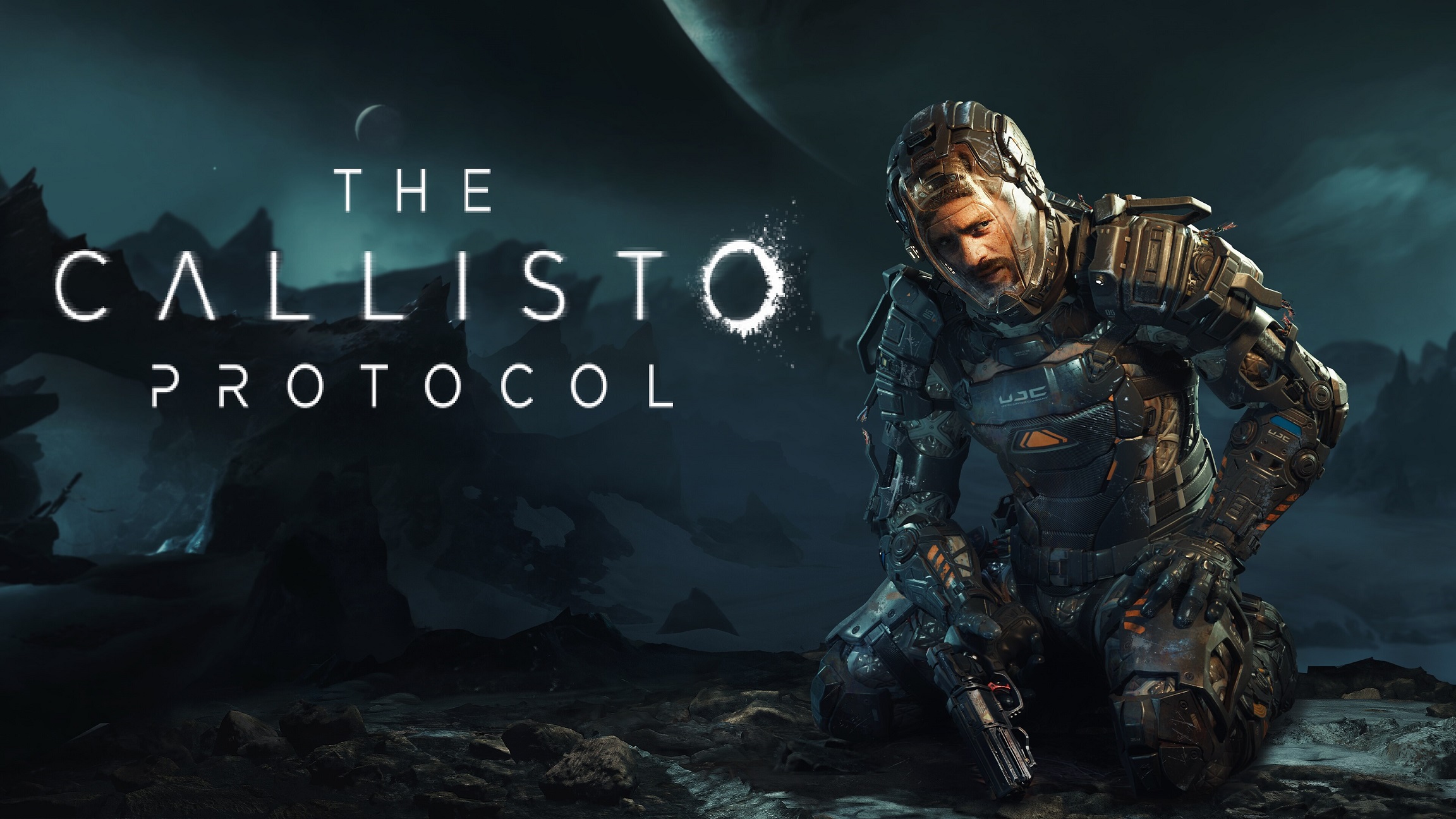In an unannounced interview with IGN, the developers talked about the technology behind the Callisto Protocol’s bloody combat and mutilation system.
When it comes to making a new game, one of the most important decisions is which graphics engine to use. Some use special tools to design their titles, while others take advantage of existing engines. For Striking Distance Studios and their upcoming game The Callisto Protocol, the team chose the second option, specifically Unreal Engine version 4.27. In an interview published on IGN, Mark James, Artistic Director of Striking Distance, we can learn a lot about using the graphics engine while developing the horror title.
Specifically, the Unreal Engine allows developers to take advantage of tools that are already tested and used in hundreds of other titles. However, when creating a game like The Callisto Protocol, it is necessary to make changes to the graphics engine to create tools that UE has not yet implemented. That’s why the Striking Distance team has worked closely with Epic to make these changes happen. In detail, all parts of the bloody game have been recreated from scratch by the developers to create the most realistic possible damage system, for both our character and our enemies.
They also made some interesting changes to the lighting system in the Callisto Protocol. Unreal Engine’s standard ray tracing does not provide enough light to illuminate scenarios, as requested by the development team. Therefore, Striking Distance Studios chose a solution called Hybrid Ray Traced Shadows. This system allows developers to apply shadows in detail in the areas they want, thus increasing the overall quality of the scene. The correct use of light also affects the graphic representation of the character. This is because lighting can create interesting effects on points of models, such as the ears, creating more realistic and dynamic reflections.
Finally, the interview concludes with some considerations about audio. Callisto Protocol, like all horror movies worthy of its name, actually has an immersive audio sector that aims to evoke horror in both the soundtrack and the interaction with objects and materials. Finally, Mark James said he’s proud of the work his team has done, and he agrees with what Glenn Schofield, author of Dead Space, mentioned a few weeks ago.












































